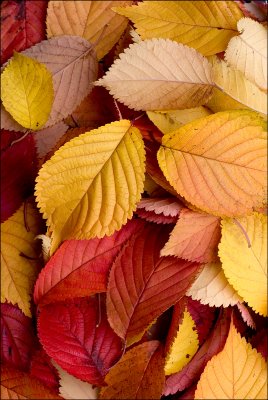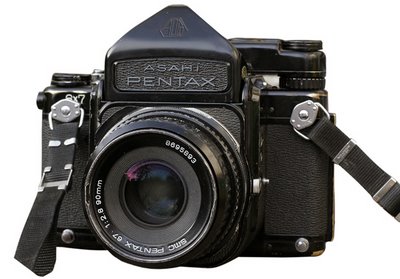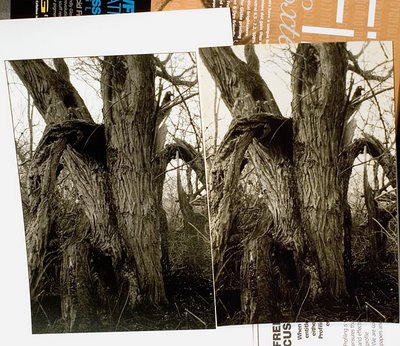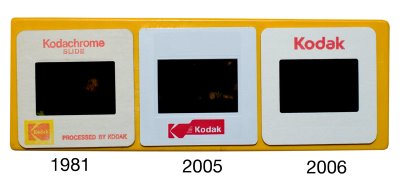
This film has been around since the 1950's and is the same as the EFKE emulsion that was called KB14.
I had used the KB14 version of this film in the 1980's and found it to be a little contrasty for my taste (which was Agfa AP25) and as most of my shooting at the time was done on 400 speed films, I didn't really persevere in finding a good exposure/development time combination.
Now in the 21st century I find myself trying the film again, this time armed with 3 rolls and some time to 'nail' a setting.
The film is pretty much as I remembered it, contrasty, slow and pretty fine grained, I eventually settled on a development time of 18mins in Rodinal at 1:100 which gives the long range of tones I like for scanning.
Also it must be noted that this is a thin emulsion that needs to be handled carefully, especially in 120 size. With a one min pre-soak (which will look blue when tipped out).

Adox CHS 25 at 18min in Rodinal 1:100, Leica M4-P. Canon 35mm 1.8'S'
The image above was taken early in the day in quite bright sunlight and clearly shows how well this film can handle contrast if processed carefully using a lower contrast developer or higher dilution.

Adox CHS 25 at 8min in Rodinal 1:50, Leica M4-P. Canon 35mm 1.8'S'
below is a 100% crop of the door in the above image which was taken in very bright conditions at mid-day.

As you can see, the detail is good and the grain is fine especially for an 'old tech' type film and certainly OK up to 12x18 (A3+) most of the grain/noise is probably introduced during scanning.
So overall i like this film, with the exception of the excessive contrast caveat which can clearly be seen in the two images posted (the second image was processed 1:50 at recommended times and is higher in contrast).
Who'd have thought the old film was so good, whether films like Acros or T-Max 100 give similar results at higher speeds is debatable but if you like the old tech films and the way they handle this film is worth a try.
All Images and text ©Mark Antony Smith 2007



































